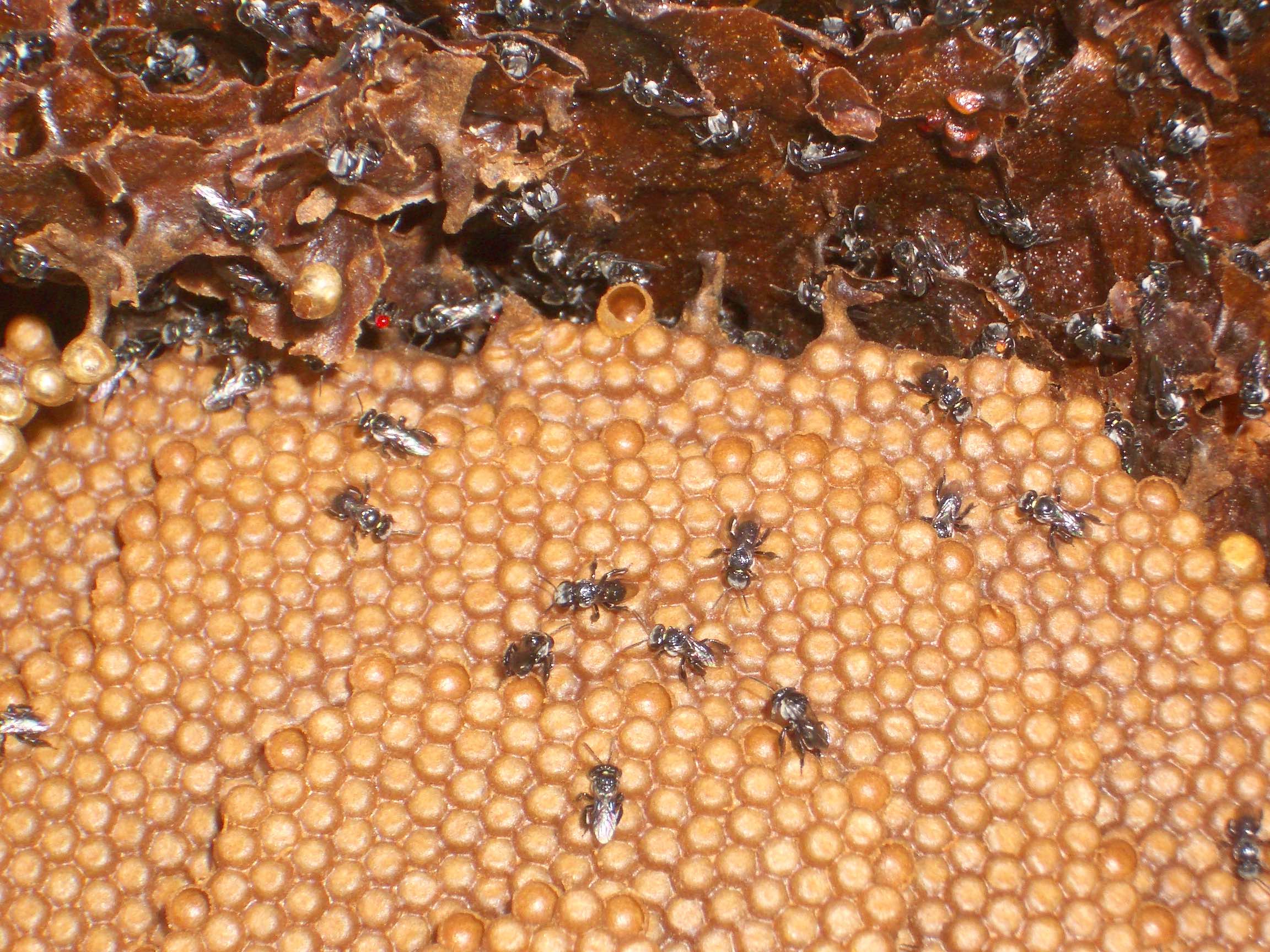
Australia’s native stingless bees could be a key line of defence for the nation’s horticulture industry against the dangerous bee parasite Varroa destructor.
Professor Helen Wallace, from Griffith’s Environmental Futures Research Institute, said many in the industry are predicting it’s only a matter of time before the parasite enters the country.
“There is strong impetus to increase Australia’s resilience to the mite, and to develop contingency plans, as left unhindered it could cost between $627 million and $1.3 billion over 30 years,” Professor Wallace said.
Stingless bees are not targeted by the mite and are used successfully to pollinate some commercial species of fruit and nuts, such as macadamias, but their effectiveness as pollinators for a range of other plants remains uncertain.
“We know that stingless bees visit the flowers, but are they efficient pollinators? Do they track the pollen to the places it needs to go? Now we need to find out.”
She is working with Professor James Cook, from Western Sydney University, on a four-year study funded by HORT Frontiers to learn more about the stingless bees and whether they could take up the slack if the European honeybee population collapsed.
The project will compile data and review existing evidence on the potential of stingless bees and carry out studies on a range of fruit and vegetable crops, testing first if the bees visit the flowers and transport the crop pollen.
Tracking bee history through DNA
DNA meta-barcoding will be used by the team to track the behaviour of the bees and which flowers they visit. The process allows scientists to match the DNA of both the bees and trees and plants they have visited, so their journey can be pinpointed, from flower to flower.
“Stingless bees forage on all of the crops we have examined,” Professor Wallace said. “We now need to determine if they pollinate when they visit. In other words, do they carry the crop pollen when they visit female flowers?”
For the most promising crop/bee combinations, Professor Wallace will then make similar but tailored studies of the potential of stingless bees to be effective managed pollinators in subtropical conditions.
“Right now, European honey bees are doing well in Australia, but that may not always be the case, so it will be extremely valuable to have deeper knowledge about how our native bees pollinate a range of different crops,” Professor Wallace said.




